
Newly declassified files show President John F. Kennedy’s alleged assassin Lee Harvey Oswald was monitored for years by James Angleton, the CIA’s infamous veteran counterintelligence chief, right up until the President’s death.
In this context, freshly released FBI documents indicating Oswald was removed from Bureau watchlists six weeks before Kennedy’s assassination, despite being judged a high security risk, at the express direction of Angleton’s staff, take on a distinctly disquieting character.
Was Oswald a target of or participant in Angleton’s illegal domestic spying operations?
The file trail begins in June 1953, when a memo was circulated among senior FBI officials, its subject line: “Central Intelligence Agency—information received from James Angleton.” It documents how the CIA’s counterintelligence chief had over the past year “been very cooperative and…volunteered voluminous information of interest to Bureau.”
Such was the vast and sensitive intelligence yield that it was considered necessary to establish dedicated, strict internal protocols for handling and storing material provided by Angleton to the FBI.
This was “particularly” vital with respect to information Angleton received and passed on to the Bureau from Mossad, his “primary source” of intelligence among “numerous foreign sources and channels” he maintained worldwide. The memo went on to outline how Angleton handled “special cases of a various nature,” and was “usually given considerable freedom and leeway in directing the operations of his unit.” Angleton was “responsible only” to the CIA Director, and his staff were “responsible only to him.”
The memo noted approvingly how “much of the information” provided by Angleton “consists of the actual reports” he received from his sources. This was of significant advantage to the FBI, as the agency was able to “better evaluate the information instead of waiting for the delay and processing through normal channels in the CIA.”
Angleton also “frequently” kept the Bureau apprised of Agency activities overseas, “which the CIA sometimes camouflages with some of its cloak and dagger techniques.”

Angleton’s extensive cooperation bought him enormous goodwill within the FBI. He successfully leveraged this in January 1958, when the Bureau serendipitously “flushed out” a scandalous, illegal spying operation targeting U.S. citizens conducted by the CIA’s counterintelligence unit.
A memo that month shared between senior FBI officials records how the Bureau was seeking to establish a program to monitor all mail being sent to and from the Soviet Union by American citizens, only to discover Angleton was already doing precisely the same thing.
Angleton in turn learned his scheme had been busted, so he approached the Agency’s FBI liaison agent on a “personal basis” to outline the program. He claimed he would be fired if Langley caught wind of his disclosures to the Bureau. Angleton explained how the interception program was “one of the biggest and most secret operations being conducted by CIA,” and “extensive and expensive.” An “elaborate array of IBM machines” catalogued and conducted “complex scientific examinations” of all mail gathered.
In all, “two or three hundred CIA employees” were “exclusively engaged on various facets” of the operation, which cost “well over a million dollars a year”—roughly $11 million today. Angleton said the effort’s “sole purpose…was to identify persons behind the Iron Curtain who might have some ties in the U.S. and who could be approached…as contacts and sources for CIA.” The operation was purportedly a “success,” with numerous valuable assets cultivated.
While FBI higher-ups questioned whether the effort “invaded our jurisdiction,” it was concluded that Angleton’s unit had a “legitimate right” to conduct the mission. Moreover, the Bureau could avoid “the inherent dangers” of conducting a parallel mail-intercept program—including “the sensitive nature of it, its complexity, size and expense”—by simply demanding the CIA counterintelligence unit hand over their operation’s vast intelligence yield to them.

Lee Harvey Oswald first came to Angleton’s attention in November 1959, due to news reports of his defection to the Soviet Union the previous month. Thereafter, all mail Oswald sent to and received from the U.S. was opened and read by the CIA, until he returned home in May 1962 with his Russian wife Marina.
Angleton’s monitoring of the minutiae of Oswald’s life persisted until Kennedy was killed. Multiple separate CIA operations collected intelligence on the President’s alleged assassin throughout.
“CIA Project”
The CIA counterintelligence officer who monitored Oswald’s mail was Reuben Efron, part of a personal spying network constructed by Angleton from Jewish émigrés from the Soviet Union, outside of formal Agency structures. Eerily, Efron attended a February 1964 hearing of the Warren Commission—officially charged with investigating JFK’s assassination—at which Marina Oswald testified. His presence was noted in an official volume of the investigation’s proceedings, but his employment by the Agency was unmentioned. Was he there on Angleton’s behalf?

This is but one of many mysteries related to Oswald that Angleton’s closed-door testimony to Senate investigators in June 1975 failed to resolve. In fact, during his grilling, Angleton had little to say about Kennedy’s assassination, despite being repeatedly probed about “the Oswald situation.”
Questioned whether the CIA kept records on Oswald, Angleton prevaricated, “they have a file…I think more than one.” He offered scant further information, beyond claiming the supposed lone-nut shooter was likely a Soviet operative.
When asked if there was a “connection between Oswald and the FBI,” Angleton elliptically acknowledged “there was a tremendous flap in the Bureau” following Kennedy’s assassination, and “confusion” the FBI “had not turned over, or had not taken enough initiative in turning over, all the information on Oswald to the local police” in Dallas.
Angleton neglected to mention the FBI informed his counterintelligence unit one week prior to November 22, 1963, that Oswald was living and working in the city. By this time, the file collated by Angleton on Oswald ran to 180 pages.
Angleton was even more dishonest when testifying to the House Select Committee on Assassinations in October 1978. Asked point blank by a senior investigator if, to his knowledge, “Oswald [was] ever the subject of any CIA project,” Angleton lied, saying “no.”
Coincidentally or not, he was then asked whether he knew Reuben Efron, and his responsibilities. Angleton responded in the affirmative, explaining Efron’s duties related to mail interception. Angleton was uniquely well-placed to elaborate that Efron was monitoring Oswald’s mail, in an operation he personally oversaw.
Angleton was not quizzed about Israel or its secret, illegal nuclear weapons program, which loomed large in his June 1975 testimony. Then, he was grilled about his counterintelligence unit providing Israel with technical support for constructing nuclear weapons.
He denied the charges but, under questioning, admitted Tel Aviv may have conducted clandestine operations to source nuclear material in the U.S. Asked if he possessed “certain knowledge” of Israeli efforts “to acquire nuclear secrets in the U.S.,” Angleton pleaded, “Do I have to respond to that?”
Kennedy entered office in January 1961 deeply concerned about Tel Aviv’s nuclear ambitions. A CIA assessment the previous month concluded a “major purpose” of Israel’s Dimona nuclear plant was “plutonium production for weapons.” The assessment outlined numerous grave outcomes of Tel Aviv acquiring nukes. Chief among them, exposure of the program would inevitably cause “consternation” in North Africa and West Asia, potentially prompting “threatened” Arab and Muslim states to turn to the Soviet Union for military assistance.
Perhaps spurred by this prospect, Kennedy, from day one of his presidency, made harmonious relations between Washington and Israel contingent on regular U.S. inspections of Dimona. Under intense pressure, Tel Aviv’s then-Prime Minister David Ben-Gurion finally allowed inspections in May 1961.
Extensive efforts were conducted to camouflage areas of Dimona dedicated to research and development of nukes, and resultant assessments concluded the facility was solely concerned with nuclear-power generation. Kennedy was unconvinced, however. In May 1963, he dispatched an ominous private telegram to Ben-Gurion:
“The dangers in the proliferation of national nuclear weapons systems are so obvious that I am sure I need not repeat them here…We are concerned with the disturbing effects on world stability which would accompany the development of a nuclear weapons capability by Israel… Development of a nuclear weapons capability by Israel would almost certainly lead other larger countries, that have so far refrained from such development, to feel that they must follow suit.”
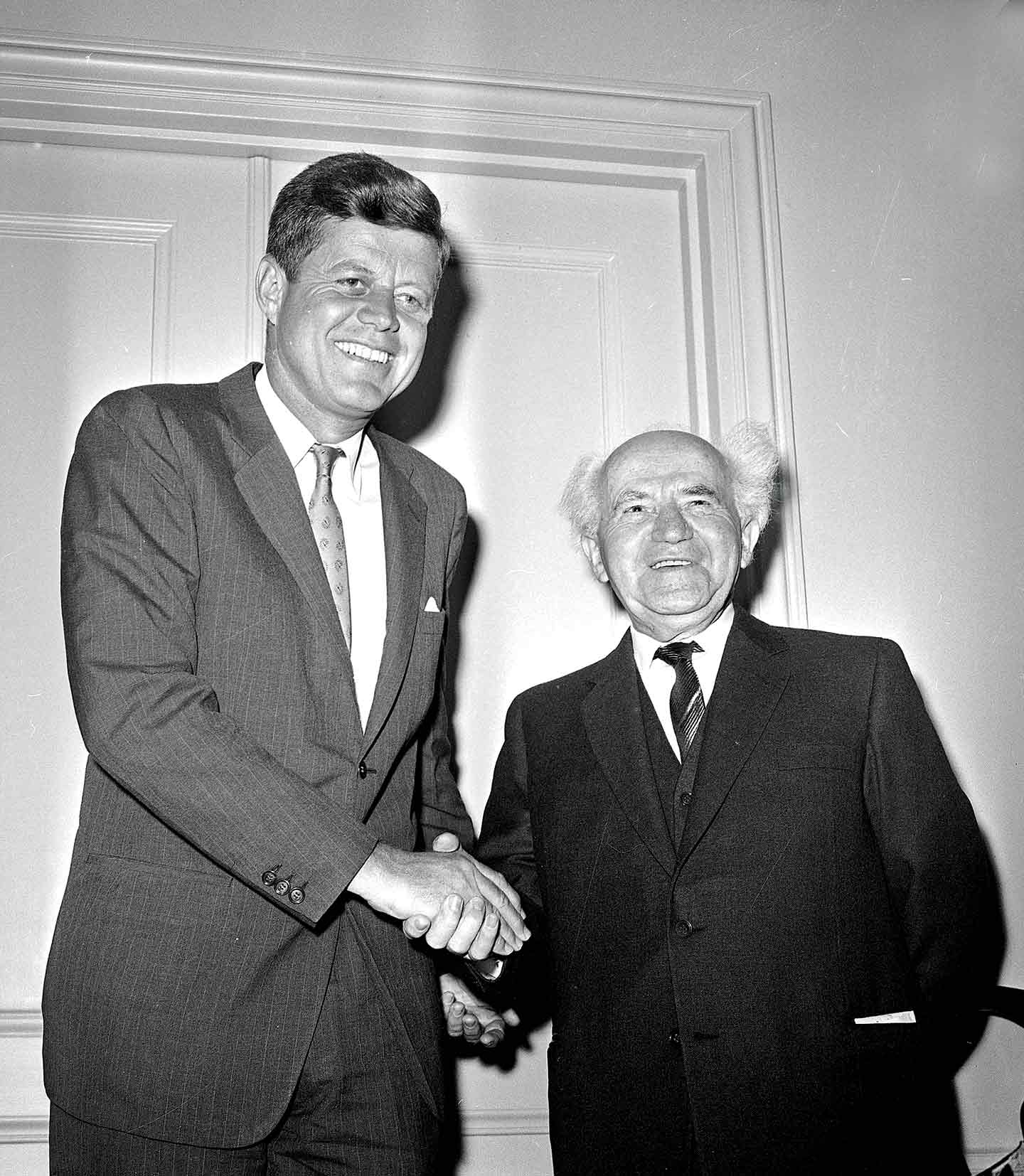
“Intelligence Operation”
The HSCA’s failure to interrogate Angleton over Israel’s nuclear ambitions is all the more deplorable given that, in April 1978, Committee researcher Gaeton Fonzi interviewed journeyman CIA officer Joseph Burkholder Smith.
Declassified records show Smith made a number of striking disclosures about Angleton’s role and influence within the Agency, and relationship with Tel Aviv. He suggested there was suspicion at the CIA’s highest levels Angleton may have been involved in Kennedy’s assassination, or at least concealed shadowy counterintelligence operations related to the event.

Smith enjoyed a close relationship with William Colby, who headed the CIA from September 1973 to January 1976. A relative dove, Colby was forced out and replaced by George H. W. Bush, due to his candid public criticisms of the Agency’s record, and drive to break open the U.S. intelligence community to greater scrutiny.
Henry Kissinger aggressively pressed for his removal, fulminating that every time Colby “gets near Capitol Hill, the damn fool feels an irresistible urge to confess to some horrible crime.”
It is uncertain whether Angleton, Colby’s avowed nemesis, also played any role in Colby’s ouster. Smith claimed “Colby’s problems within the Agency stemmed largely from the conflict he had” with the CIA’s obsessively secretive counterintelligence supremo. [NOTE: Isn’t “supremo” (line 3) a bit too cute?]
Colby was totally in the dark as to what Angleton and his team were doing at any given time. Smith relayed how Colby had said of Kennedy’s assassination: “There could have been operations that Angleton’s staff was running that he wouldn’t even tell the Director.”
Smith went on to record how Angleton’s staff did “strange things,” and “handled all Israeli operations,” despite this not falling under their official purview. This “had a strange effect” on CIA operations in West Asia “because unlike in other divisions where station chiefs kept each other informed, Angleton wouldn’t pass information to other stations in the Arab countries unless ‘he felt like it.’” It was also a mystery to Smith how Angleton “got all his power.”
Nonetheless, Smith testified that Angleton had a “special relationship” with Allen Dulles, the long-time CIA director fired by Kennedy over the 1961 Bay of Pigs fiasco, but was subsequently appointed to the Warren Commission.
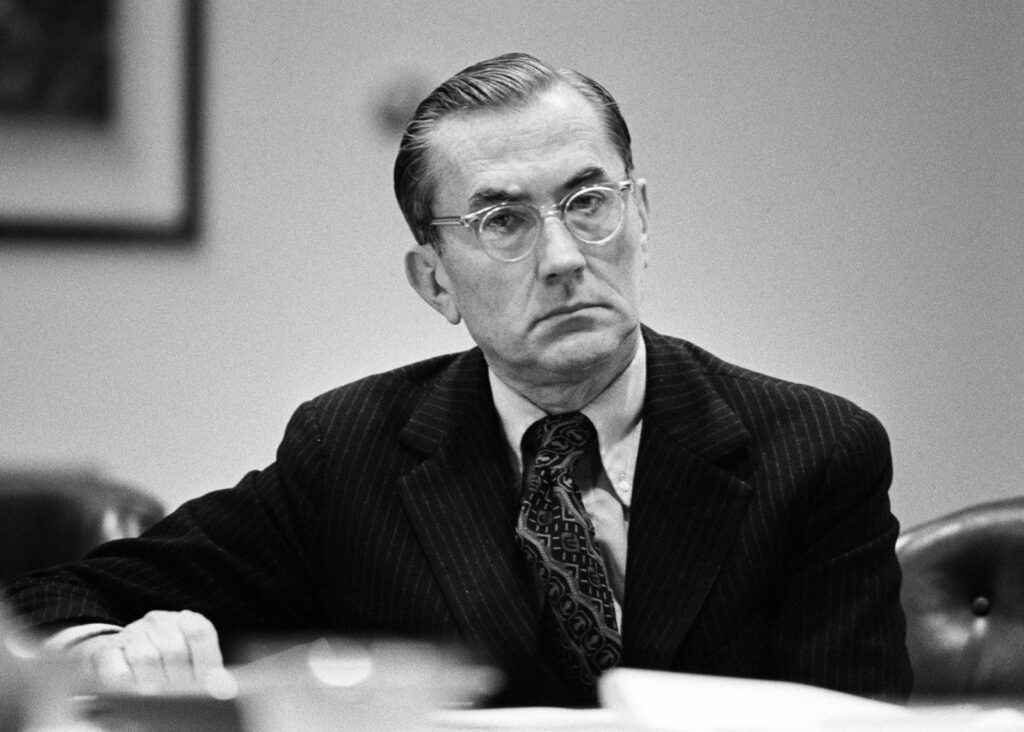

Smith also described an “incredible” cult-like ethos among Angleton’s Agency adherents. Universally convinced the CIA had been heavily penetrated by the KGB, they were “confirmed believers in the world Communist conspiracy theory”—to the extent of suspecting that the Sino-Soviet split was “a great deceptive operation.”
Asked by Fonzi “to be speculative” as to whether Lee Harvey Oswald could have been “a deep cover agent for the Agency,” Smith suggested Oswald may have “worked either for the Soviet Division, which ran operations in the Soviet Union, or the Counter Intelligence staff.”
Angleton’s team, furthermore, was said to be “very interested in the Fair Play for Cuba Committee,” a long-standing target of the CIA and FBI, to the extent that “getting a penetration into it would have been a high priority effort.”
After moving to New Orleans in April 1963, Oswald set up a one-man chapter of the FPCC. In an apparent attempt to attract new members to the group in the virulently anti-Castro city, which was heaving with Cuban exiles, Oswald publicly distributed leaflets promoting the group’s work. [NOTE: I would prefer replacing “heaving” (line 3) with “filled” but I’ll leave it to you.]
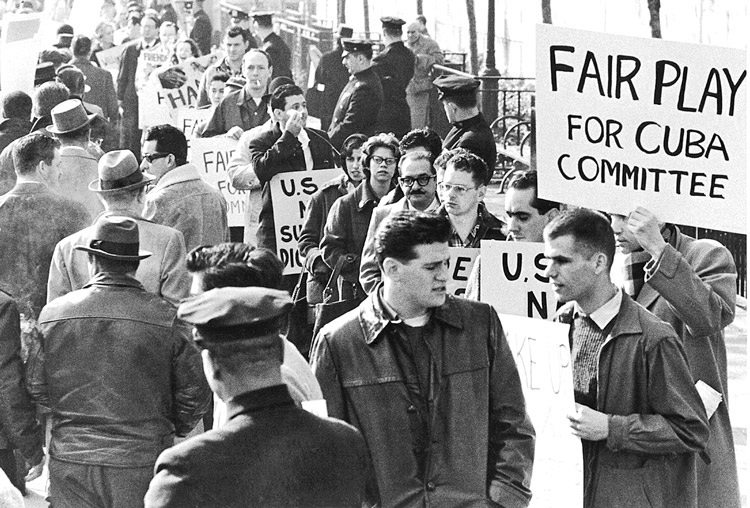
He hired random members of the public to assist with the effort, which lasted only 15 minutes, but just so happened to be captured on camera by a local TV station.
Oddly, when testifying to the Warren Commission, Oswald’s half-brother John Pic was “unable to recognize him” in pictures of the leafleting event, raising the prospect Oswald was being impersonated.
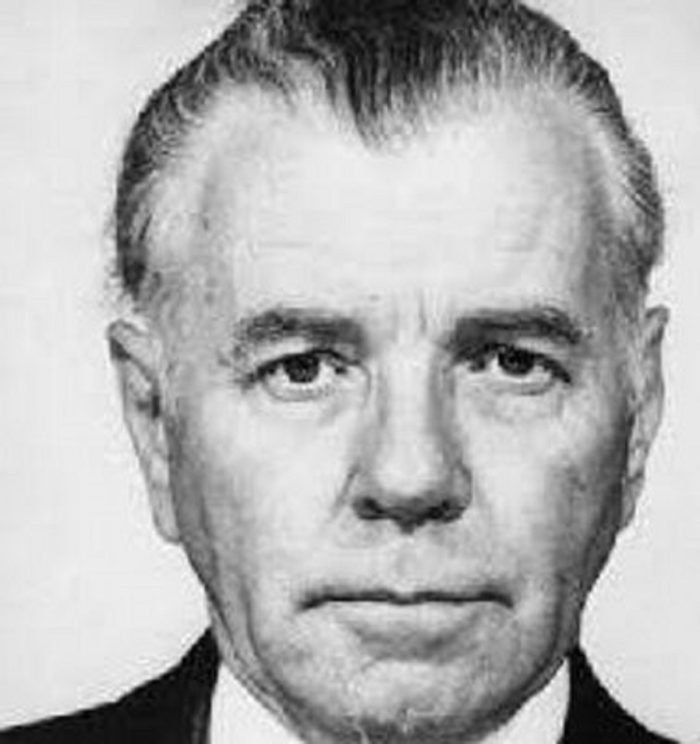
Even more curiously, as Fonzi noted in his discussion with Smith, some of the leaflets listed the address of Oswald’s FPCC chapter as 544 Camp Street, which housed “some kind of intelligence operation run by Guy Banister, a former FBI agent.” Smith responded, “there were a lot of former FBI men on Angleton’s staff.”
Today, journalists, researchers and concerned citizens have no choice but “to be speculative” about how and why John F. Kennedy was killed, and by whom.
The newly declassified documents offer only further questions—but they all unambiguously point in James Angleton’s direction.
His multifaceted role as master of the CIA’s vast Oswald file, chief of Agency relations with Israel, and potential enabler of Tel Aviv’s nuclear weapons program all appear interlinked. And these operations in combination may account for what occurred on November 22, 1963.
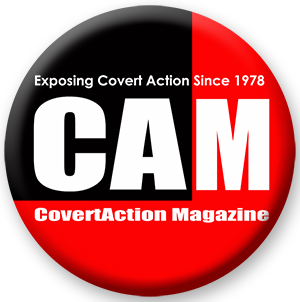
CovertAction Magazine is made possible by subscriptions, orders and donations from readers like you.
Blow the Whistle on U.S. Imperialism
Click the whistle and donate
When you donate to CovertAction Magazine, you are supporting investigative journalism. Your contributions go directly to supporting the development, production, editing, and dissemination of the Magazine.
CovertAction Magazine does not receive corporate or government sponsorship. Yet, we hold a steadfast commitment to providing compensation for writers, editorial and technical support. Your support helps facilitate this compensation as well as increase the caliber of this work.
Please make a donation by clicking on the donate logo above and enter the amount and your credit or debit card information.
CovertAction Institute, Inc. (CAI) is a 501(c)(3) non-profit organization and your gift is tax-deductible for federal income purposes. CAI’s tax-exempt ID number is 87-2461683.
We sincerely thank you for your support.
Disclaimer: The contents of this article are the sole responsibility of the author(s). CovertAction Institute, Inc. (CAI), including its Board of Directors (BD), Editorial Board (EB), Advisory Board (AB), staff, volunteers and its projects (including CovertAction Magazine) are not responsible for any inaccurate or incorrect statement in this article. This article also does not necessarily represent the views the BD, the EB, the AB, staff, volunteers, or any members of its projects.
Differing viewpoints: CAM publishes articles with differing viewpoints in an effort to nurture vibrant debate and thoughtful critical analysis. Feel free to comment on the articles in the comment section and/or send your letters to the Editors, which we will publish in the Letters column.
Copyrighted Material: This web site may contain copyrighted material the use of which has not always been specifically authorized by the copyright owner. As a not-for-profit charitable organization incorporated in the State of New York, we are making such material available in an effort to advance the understanding of humanity’s problems and hopefully to help find solutions for those problems. We believe this constitutes a ‘fair use’ of any such copyrighted material as provided for in section 107 of the US Copyright Law. You can read more about ‘fair use’ and US Copyright Law at the Legal Information Institute of Cornell Law School.
Republishing: CovertAction Magazine (CAM) grants permission to cross-post CAM articles on not-for-profit community internet sites as long as the source is acknowledged together with a hyperlink to the original CovertAction Magazine article. Also, kindly let us know at info@CovertActionMagazine.com. For publication of CAM articles in print or other forms including commercial internet sites, contact: info@CovertActionMagazine.com.
By using this site, you agree to these terms above.
About the Author

Kit Klarenberg is an investigative journalist exploring the role of intelligence services in shaping politics and perceptions.
Follow him on Twitter @KitKlarenberg.

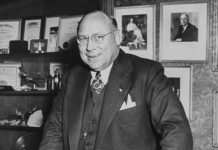
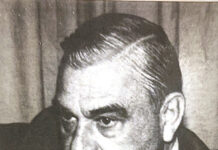
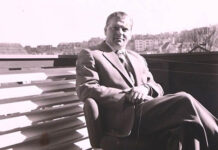
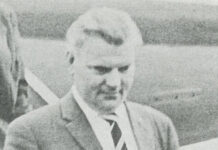



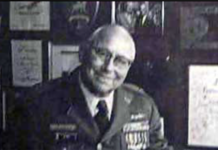
On April 10, 1963, just seven months before the assassination of President John F. Kennedy, Lee Harvey Oswald crouched behind a fence in an upscale Dallas neighborhood and aimed his rifle at the window of an ultra-conservative firebrand named Edwin Walker, a former U.S. Army general. Edwin Walker hated Kennedy and Communism.
Oswald fired, but the bullet caromed off the windowsill and missed Walker’s head by an inch. The Dallas Police Department’s investigation came up cold and Oswald, already flagged by the FBI, evaded further scrutiny. The weapon that Oswald fired at Walker—a Mannlicher-Carcano rifle bought under a false name—was the very same that would take President Kennedy’s life on November 22 of that same year.
This raises a question. Why would Oswald want to kill someone who hated Kennedy and also kill Kennedy. Oswald did however dislike John Connally. Oswald’s grudge against Connally was that, as Secretary of the Navy, he had written the letter rejecting his petition to have his honourable discharge from the marines reinstated. Perhaps Oswald misfired and hit Kennedy by mistake when his intention was to hit Connally.
Hi Kit,
Great work, covering a variety of important areas. Have you read John M. Newman on the elaborate way Oswald was used by Angleton? It seems like the most thorough explanation of just who he was for Angleton. What do you think?
It’s pretty clear by now that Angleton ran Oswald. Being a patsy, Oswald is not really of interest in the assassination itself. Jacob Rubenstein (aka Jack Ruby) who shot Oswald is of real interest as far as who literally killed the president.
Also, please read my series here on Covert Action magazine (Who Killed Heinz Krug?) related to how Mossad was involved in the actual physical assassination in a cabal that involved Angleton, Dulles, and the Deep State. It’s pretty dense reading, but I’d really value your opinion on it. I’m trying to get this information more widely known.
Kathleen Meigs
I want Israel to become XXXL and Syria XXS and in the end the Syrians in Russia and Turkey would recognize the traitors like the Afghans in the US recognized the traitorous US and started killing their army.